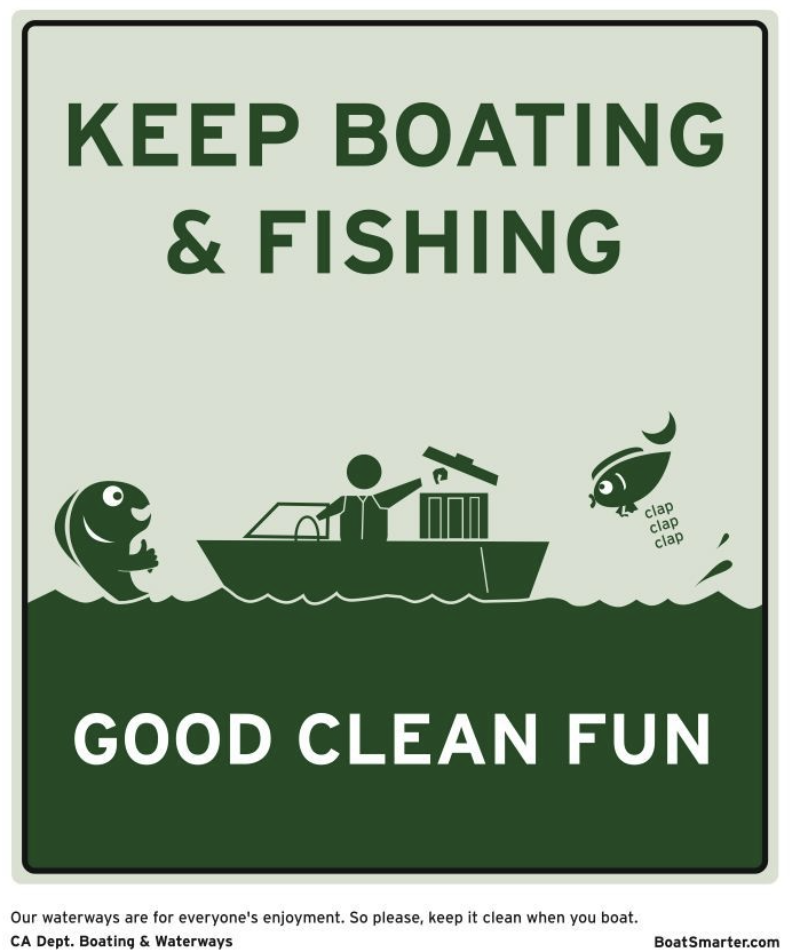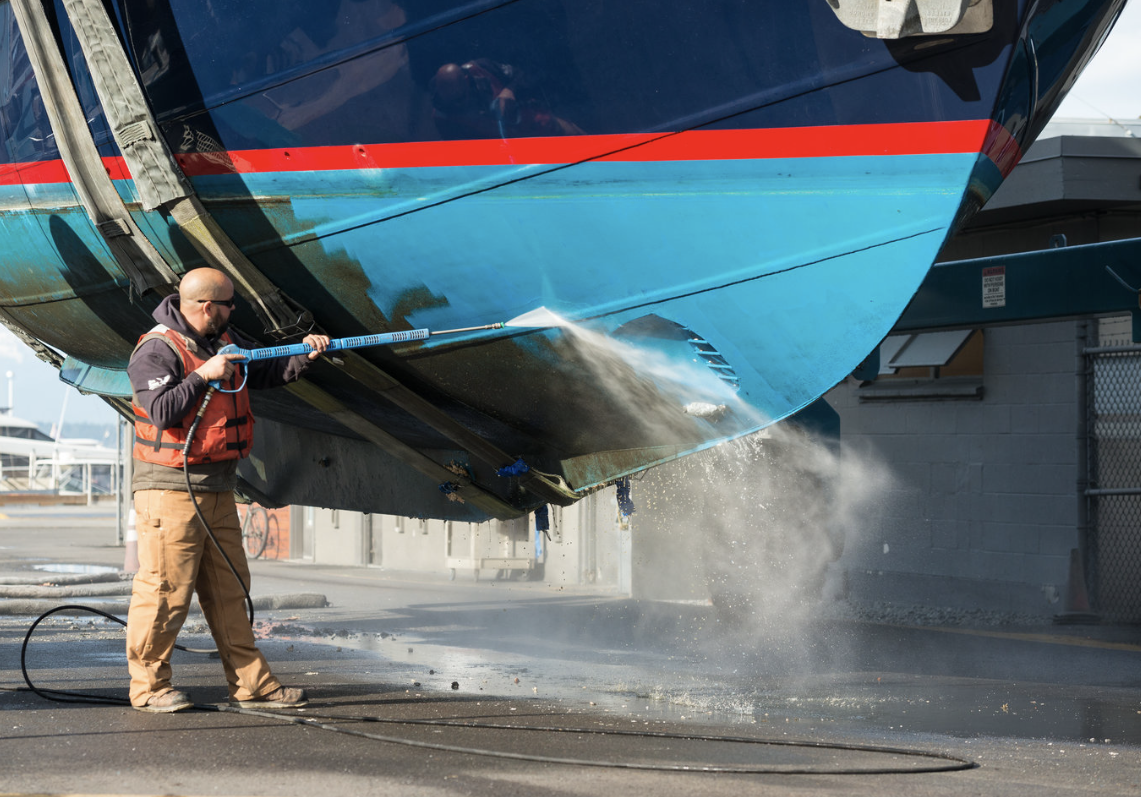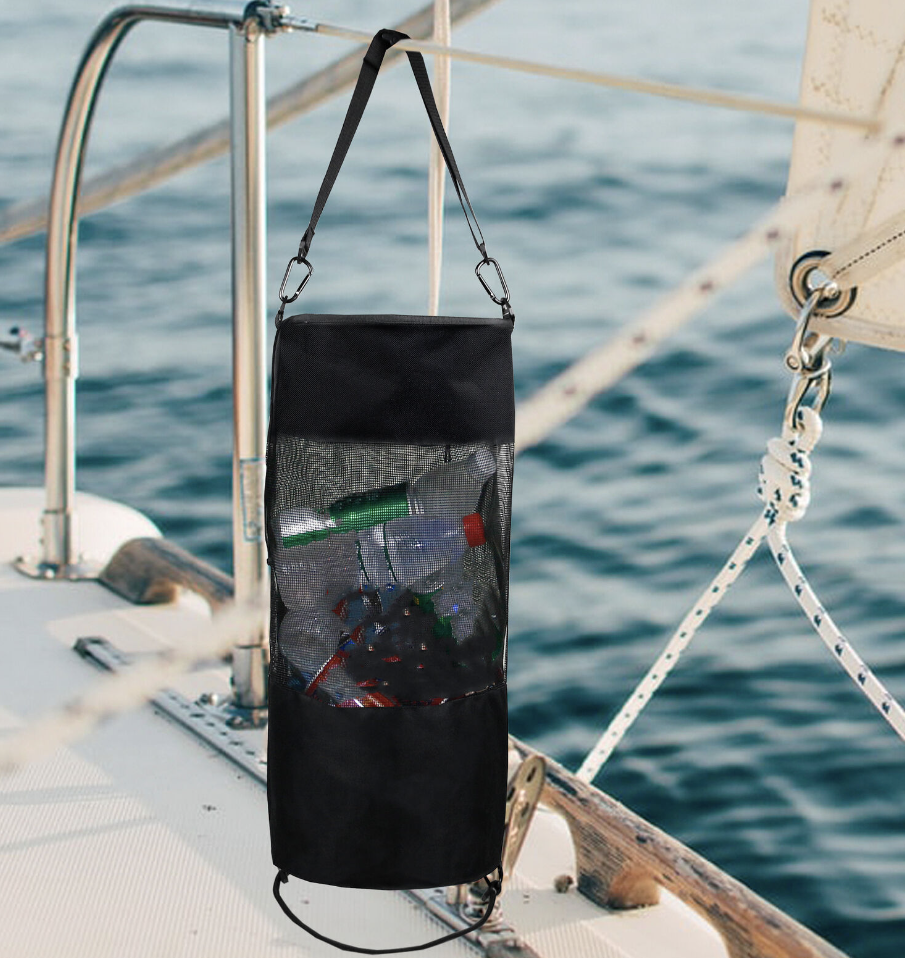Clean Boating: Best Practices for Boaters

Soon after a boat passes, its wake has vanished - but as boaters, we do impact the waters we love, and there are ways to keep our “wakeprints” invisible. We have a responsibility to leave our waterways and our world as unsullied as possible, and it is up to us to help protect the marine environments that we love.
Protecting the environment takes a conscious effort by all of us and it starts with how we boat, where we boat, and the products we use on our boats. The little things are what count. Often, going green and boating in a thoughtful way makes it more pleasant, more affordable and more fun. To get started, here are a few clean boating tips and you should always keep in mind while out on the water.
10 Tips for Clean and Green Boating
1. Prevent oily discharges from the bilge.
Keep your engine well tuned to prevent fuel and oil leaks. Secure an oil absorbent pad or pillow in your bilge and under your engine where drips may occur. Check the pads often, do not let them clog the bilge pump, and dispose of them as hazardous waste at a marina or local hazardous waste collection center.

2. Spill-proof your oil changes.
For oil changes, use an oil change pump to transfer oil to a spill-proof container. Wrap a plastic bag or absorbent pad around the oil filter to prevent oil from spilling into the bilge.
3. When fueling, stop the drops!
Prevent fuel spills by filling fuel tanks slowly and using absorbent pads or rags to catch drips and spills. Don’t "top off" or overflow your fuel tank. Leave the tank 10 percent empty to allow fuel to expand as it warms.
4. Do not add soap.
Never use soap to disperse fuel and oil spills. It increases harm to the environment, and it is illegal.
5. Minimize boat cleaning and maintenance in the water.
If possible, save maintenance projects for the boatyard. When performing work on the water minimize your impact by containing waste. Use tarps and vacuum sanders to collect all drips and debris for proper disposal.

6. Reduce toxic discharges from bottom paints.
Minimize the discharge of heavy metals found in soft-sloughing antifouling paints by using a less toxic, or nontoxic antifouling paint. Use only non-abrasive underwater hull cleaning techniques to prevent excessive paint discharge. Remember, dry storage reduces the need for antifouling paints and saves money.
7. Dispose of hazardous waste properly.
Dispose of paints, batteries, antifreeze, cleaning products, oil, oil filters and other hazardous wastes at a hazardous waste collection facility or event.
8. Plan A-head! Manage sewage wastes properly.
Never discharge sewage within 3 miles of shore. Use harbor pump-out stations and shore-side facilities. If you don’t have an installed toilet, use a port-a-potty and empty it at a harbor dump station or bathroom.
9. Stow it, don’t throw it!

Keep your trash on board. Never throw cigarette butts, fishing line, or any other garbage into the ocean. Take advantage of shore-side facilities to recycle plastic, glass, metal, and paper.
10. Reduce Greywater discharges.
Use a phosphate-free biodegradable soap to minimize the impacts of greywater on the marine environment. Also minimize discharge by doing dishes and showers on shore whenever possible.